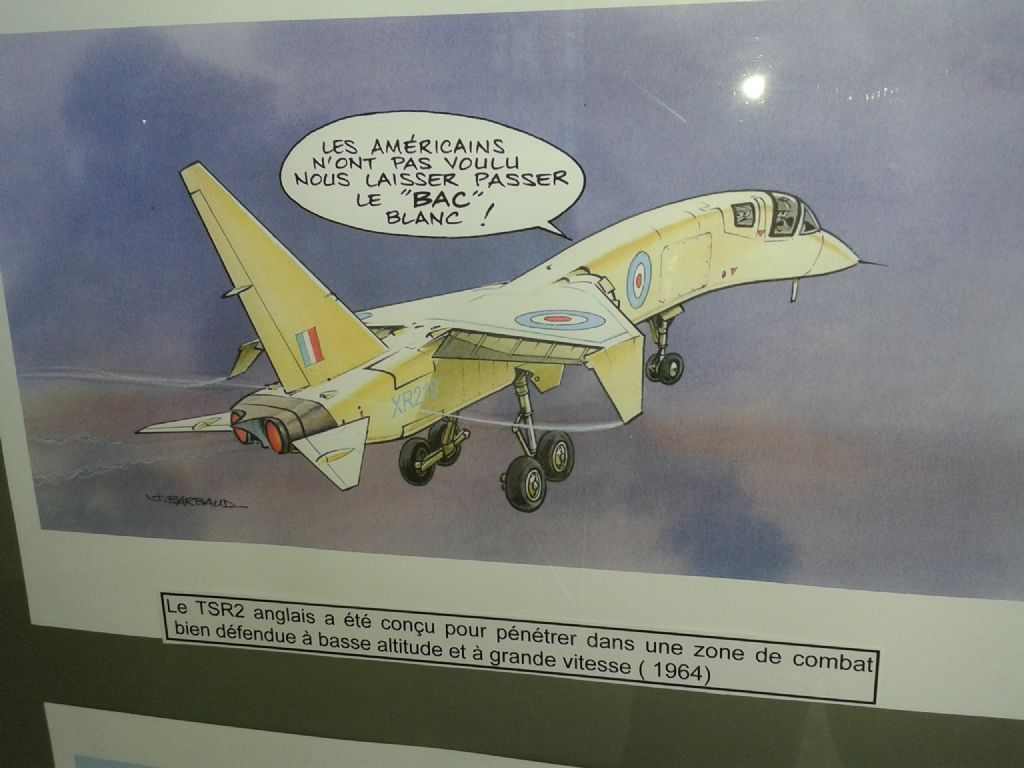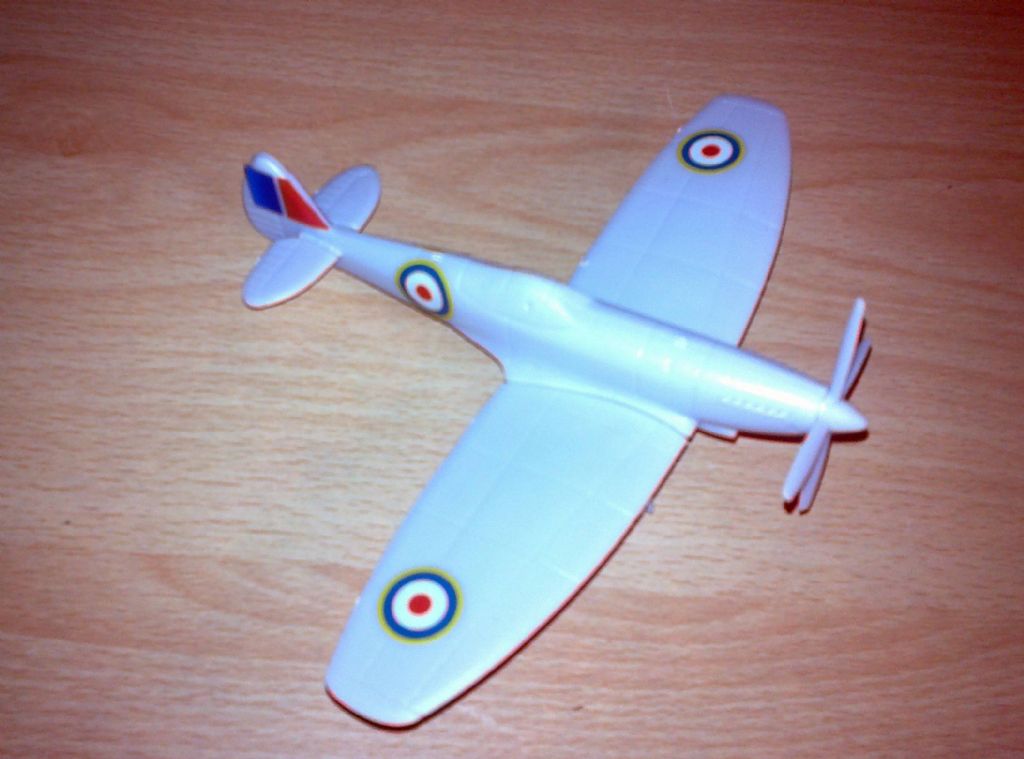Aircraft General Discussion
Aircraft General Discussion
- This topic has 2,012 replies, 207 voices, and was last updated 14 March 2025 at 18:50 by
 Martin Connelly.
Martin Connelly.
- Please log in to reply to this topic. Registering is free and easy using the links on the menu at the top of this page.
Latest Replies
Viewing 25 topics - 1 through 25 (of 25 total)
-
- Topic
- Voices
- Last Post
Viewing 25 topics - 1 through 25 (of 25 total)
Latest Issue
Newsletter Sign-up
Latest Replies
- Clarkson T&C Grinder
- Building Bernard Tekippe’s Precision Regulator
- bolts harness and head shearing?
- O ting groove
- Stopping milling chips going everyehere
- Rain Gutter Power
- Kia Ora from the bottom of the world. Tool hoarder & enthusiast.
- Photos
- Antique Ornamental Treadle lathe what is it
- An Original Stephenson Model










